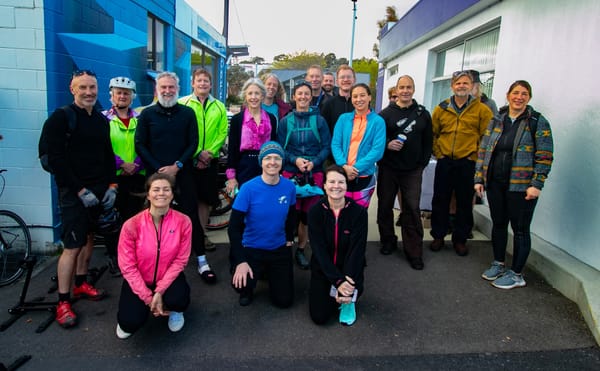A Day in the Life: Walking Hobart’s Streets

Imagine starting your day on a bright Hobart morning, stepping out of your door and into streets designed with people in mind. For this feature, we follow a few locals as they share their day navigating the streets of Hobart. Through their eyes, we see both the joys and the challenges of how our streets currently function—and the potential for positive change.
Meet the Locals:
- Amelia, 8 years old: “I love scooting to school, but I wish there were more zebra crossings so I could feel safer!” Amelia’s route to school includes busy intersectionswhere crossings are sparse, and traffic speeds can feel intimidating for children. A study by Hobart City Council showed that over 65% of residents near Elizabeth Street felt improvements were needed to make the area safer for families.
- John, a retiree: “Wide footpaths mean I can take my morning stroll without feeling squeezed by cars.” John’s favorite spots include the improved Sandy Bay Road pathway and Battery Point, where traffic calming measures and heritage upgrades make for an enjoyable walk. However, John avoids parts of Argyle Street, where cracked pavements and parked cars make walking uncomfortable.
- The Patel Family: “We walk to the market every Saturday, but better shade and benches would make the journey so much nicer.” The Patel family frequently visits the Salamanca Market, where pedestrian access has improved over the years. Still, their walk from North Hobart via Campbell Street lacks sufficient shade and resting spaces.
Local Data on Walkability: Recent studies by Heart Foundation Tasmania highlight that only 35% of Hobart residents feel their local streets are pedestrian-friendly. Streets with improved pathways, greenery, and shade—such as Franklin Square and Salamanca Place—are cited as examples of what works.
What Makes a Difference? Through these stories, we see how small improvements like safer crossings, widened and well-maintained footpaths, more shade, and seating can completely change how people experience their city. Streets that are designed for people prioritize safety, comfort, and joy.
Steps We Can Take:
- Install zebra crossings on busy routes such as Elizabeth Street and particularly near schools like Mount Stuart Primary.
- Expand Hobart’s tree canopy by planting native species—like Tasmanian blue gums and wattles—along pedestrian corridors such as Campbell Street and Murray Street.
- Add more resting spots every 300-500 meters in high-use areas like North Hobart and South Hobart.
- Fix uneven footpaths in areas flagged in the City of Hobart Asset Management Report, prioritizing routes used by older residents and families.
Takeaway: Streets for people aren’t just an idea—they’re a proven way to make Hobart safer, more welcoming, and more connected. When we design for everyone—from children on scooters to retirees like John—Hobart becomes a city where everyone thrives.




